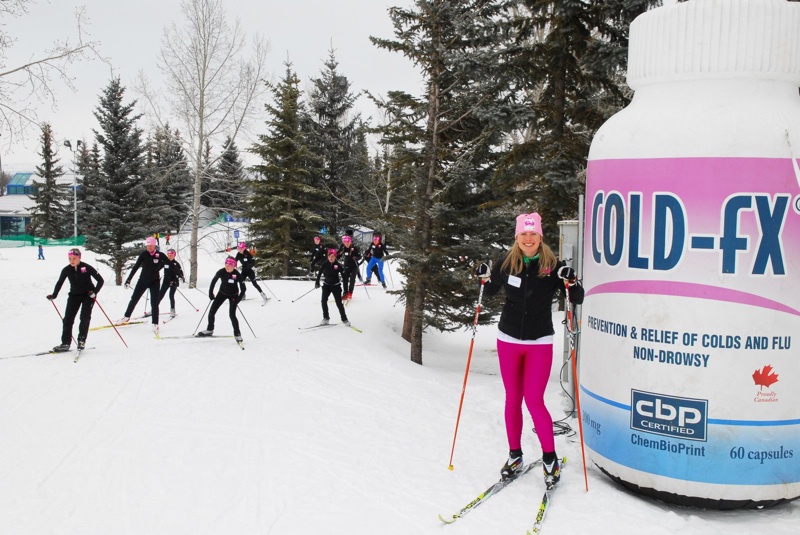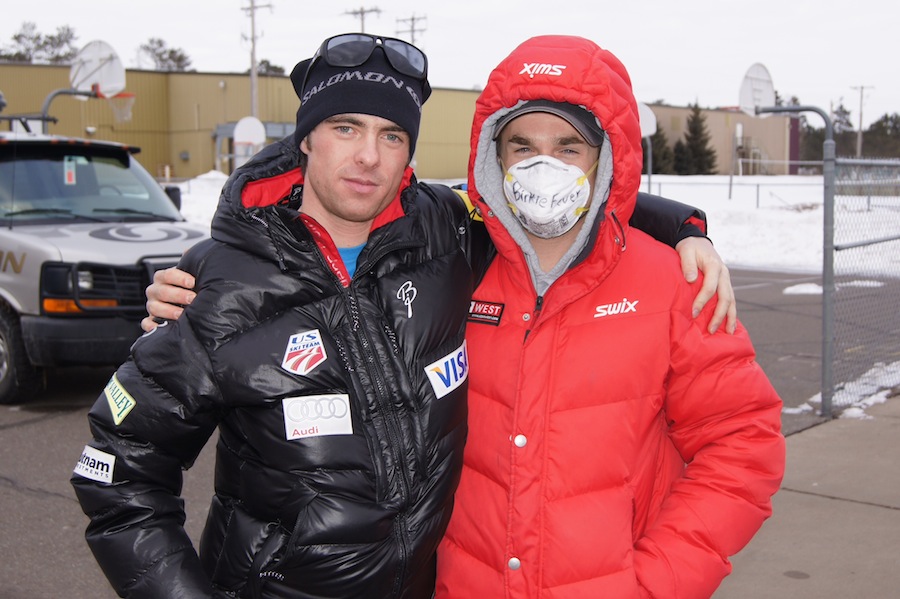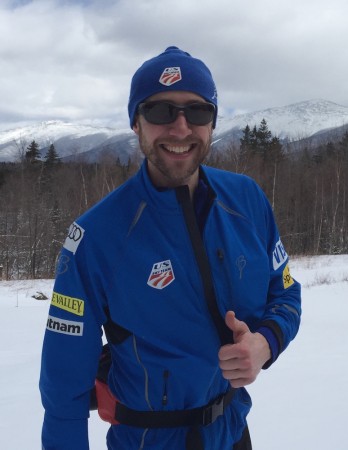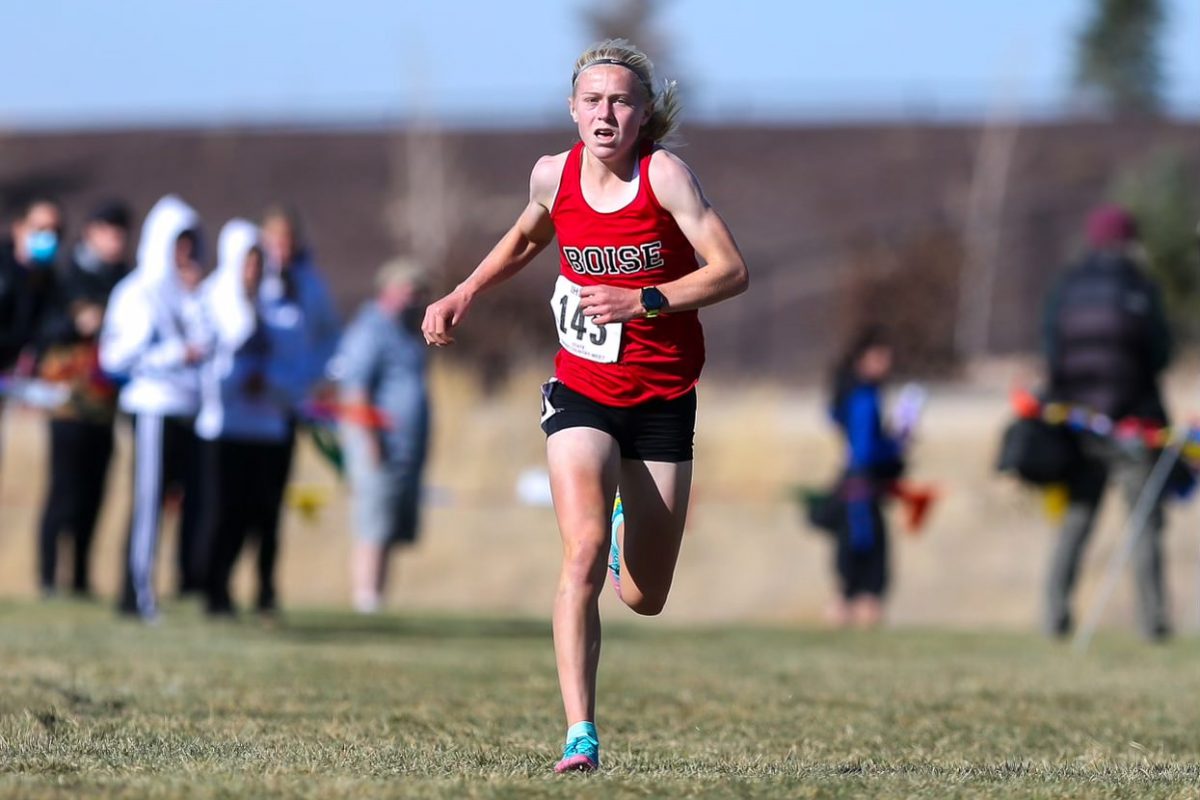
As the temperatures drop, cross-country skiers everywhere are looking forward to getting back on the snow. But winter isn’t the only season athletes need to look out for.
In the Northern Hemisphere, cold and flu season typically lasts from December to February, with the highest incidence of flu occurring in February. The common cold is prevalent throughout the fall and winter months. There is no research to show that exercising in the cold makes one more susceptible to viral illness. Evidence suggests that moderate exercises may even be protective because it stimulates the production of white blood cells, which help fight off infection. High levels of exercise can have the opposite effect, however, making elite athletes more susceptible to these illnesses. All athletes can decrease their risk of getting sick and limit time lost from training by following a few simple guidelines.
Wash your hands … a lot
Respiratory viruses are spread through the air by coughing or sneezing, or through direct contact, such as shaking hands. Frequent hand washing with regular soap and water, or with an alcohol-based hand sanitizer, decreases the risk of contracting a viral illness by up to 45 percent. If you are using soap and water, be sure to wash your hands for at least 20 seconds.
Also, avoiding environments where large numbers of people congregate can help. There’s no reason to become a hermit for the winter, but a skier with a particular race or training goal in mind may want to sit out that big holiday party if it comes a week or two before a key race. And if you are sick, do your teammates a favor by staying home on race weekend or, at least, maintaining a three-foot distance from others and avoid hugging, giving high fives, or shaking hands.
Get a flu shot
Influenza is a potentially serious respiratory disease that can derail an entire pre-season of hard work. A seasonal flu shot decreases the risk of getting the flu by 50-70 percent, depending on the year, and may decrease the severity of the illness if you do get sick. Getting a flu shot also protects teammates, family and friends. The one or two days of arm soreness or mild flu-like symptoms an athlete may experience from the vaccination are well worth the insurance policy it offers.
Don’t exercise with a fever

Athletes should not exercise if they have a fever over 100.4 degrees Fahrenheit (38 Celsius). Exercising with a fever puts an athlete at risk for dehydration, prolonged illness, or pericarditis, a dangerous viral infection of the heart muscle or pericardium, the lining around the heart. Pericarditis can be life threatening. There is nothing to gain and everything to lose by competing or continuing to train with a fever.
Once a fever has broken, athletes may return to exercise in as little as 24 hours or as long as two weeks depending on their symptoms. Fatigue, muscle pain, congestion, or other factors often dictate the timeline.
Give the body time to rest
The pressure to get back to training and racing can be high, but returning too quickly may result in symptoms that don’t resolve as quickly as they would have if the athlete had waited an additional two or three days.
The muscle aches that come along with colds and flu are not well understood. Viral illnesses do seem to affect muscle tissue, however, and exercising with intense muscle aches can result in longer lasting muscular symptoms, such as pain or weakness. An athlete who has significant muscle aches with a viral illness should wait until these symptoms resolve before returning to exercise.
A handy rule of thumb is the ‘above-the-neck’ rule. If an athlete’s symptoms are limited to above the neck, meaning a sore throat, runny nose, and sinus congestion only, if they don’t have a fever, and if exercise doesn’t make symptoms worse, it’s reasonable to continue training. However, it may be wise to decrease training intensity or volume until all symptoms resolve. A physician, especially one trained in sports medicine, can provide guidance and reassurance.
Consult a physician about medications
Most of the medications used for viral illnesses are aimed at decreasing symptoms. Acetaminophen and non-steroidal anti-inflammatories, such as naproxen or ibuprofen can decrease a fever and lessen the pain of a sore throat and muscle aches.
Anti-viral medications for the flu, such as Tamiflu need to be started within 24 hours of the onset of illness and may only decrease the length of symptoms by less than a day. For some athletes, however, that one day may be crucial. A sports medicine physician can help provide guidance on when anti-viral medication are appropriate.
Antibiotics, which act only on bacterial illnesses, have no role in treating viral illnesses and can cause other symptoms, such as diarrhea and stomach upset, which may worsen an illness.
Some viral illnesses can cause bronchitis, an inflammation of the airways, resulting in a long-lasting cough. In those cases, asthma medications, such as albuterol, can be helpful in decreasing cough and chest congestion. Because this class of medications may be banned by certain skiing governing bodies, it is important to know the rules regarding these medications as your doctor may need to fill out a therapeutic use exemption.
Colds and flu are an inevitable part of winter. Athletes who limit their exposure, get vaccinated for seasonal flu and follow a physician-approved return to training plan can protect themselves from the dangerous consequences of getting sick and maximize their time out on the snow.
***
About the Author: Krys Bigosinski, MD., is a sports medicine physician in Portland, Maine. He helps provide medical coverage for the US Cross Country Ski Team and is an avid Nordic skier. He is also the Associate Program Director for the Maine Medical Center Sports Medicine Fellowship.




